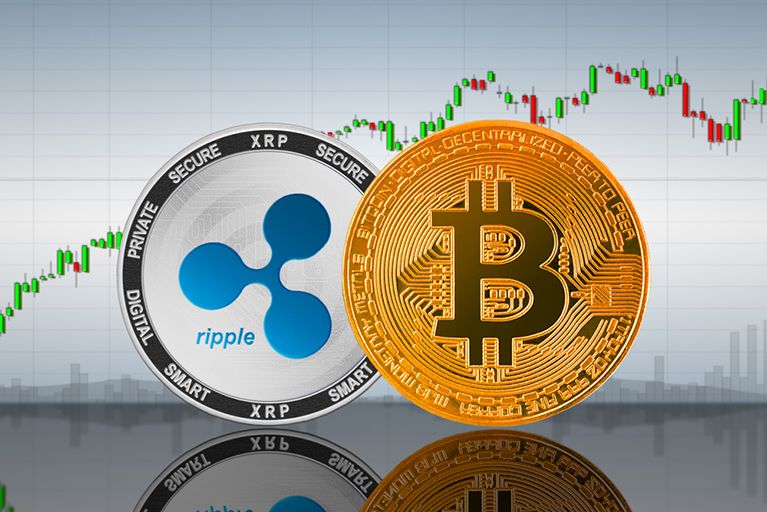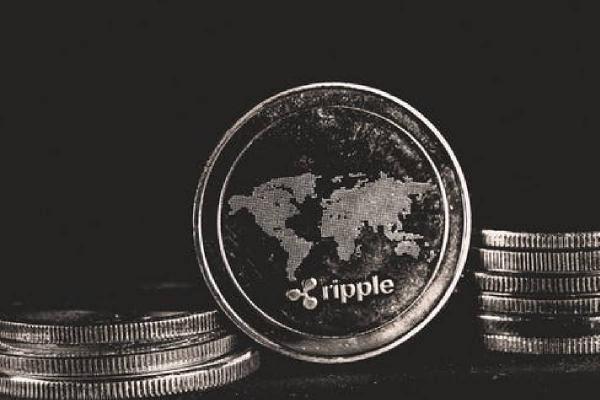What is Ripple and how does it work?
While Bitcoin is still king in the land of cryptocurrencies, there are various competitors ready to take its throne. One of the most intriguing of such is Ripple, which is completely different from all the rest, as it is a much more centralized crypto within a very decentralized environment.
What Is Ripple? It is still classified as a cryptocurrency, but the form it was founded and is managed and traded is very different from others. This is why, before investing into Ripple, it is good idea to learn more about it first.
What Is Ripple
Ripple was launched in 2012 as a later iteration of Ripplepay, and its name is the one used for the crypto platform catalog, while its token is called XPR. Just like other cryptocurrencies, Ripple is built around the idea of a countable distributed network where various parties take part in verifying transactions instead of a single centralized authority. This is a way to facilitate the transactions throughout the world, while the transaction costs are much lower than in Bitcoin. Unlike other cryptos, XPR transactions are really instant and don't require any confirmation period. Meanwhile, the Ripple platform offers you an opportunity to exchange anything, from fiat currencies to gold or even air miles.
Ripple was originally found by one single company, Ripple Labs, and still backed by it, unlike Bitcoin, which is backed by a huge network of developers. The number of units in Ripple network is not changeable either. In Bitcoin, the number of coins is constantly growing, while there is a limit; in Ether, there is no particular limit. Unlike those, Ripple was created with 100B tokens from the beginning, the greater part of them belonging to Ripple Labs, and this number is maintained without any change.
Ripple vs Bitcoin: What Is the Difference?

While Bitcoin is a digital currency designed to be a payment method for goods and services, Ripple is a payment system, an exchange platform, and a means of payments sent to banks and other payment networks. The idea is to supply a system for direct transfer of assets, such as money or gold, which would work virtually in real time, acting as a cheaper, safer, and more transparent alternative to other systems that are currently used by banks, such as SWIFT.
Bitcoin is based on blockchain, while Ripple does not use it. Instead, it uses distributed ledger consensus which is based upon a network of verification servers and tokens called XPR.
It seems like the banks are quite interested in Ripple, with more and more payment processors joining the network. Ripple is designed for companies, and while it may also be used by individuals, it is not its principal goal. The platform is designed to transfer large amounts of money throughout the world as quickly as possible.
As of now, Ripple has been stable and reliable since its inception. Its current capacity is 1,500 transactions per second (tps), while the recent update made it possible to scale the network to meet the capacity of VISA, which is 50,000 tps. Meanwhile, Bitcoin is only able to process 3 to 6 transactions per second, and Ethereum, 15.
Ripple's token, XPR, cannot be mined like Bitcoin, Ether, Litecoin and many other cryptos. All tokens were issued at the time of Ripple inception, just like a company would issue a certain number of shares when it goes public. Ripple creators just agreed on a number, which is 100B XPR, and issued it.
What Is XRP?
XPR is often referred to as 'real cryptocurrency'; it is a token that uses Ripple network to enable money transfers between various currencies. Most clearing systems nowadays use US dollars as a base currency for conversion. This leads to conversion fees and takes time, this is why overseas bank transfers may take three business days or more.
Converting an amount into XPR instead of USD removes the conversion fees, while the transaction is processed in a matter of seconds.

As mentioned above, Ripple issued 100B of XPR tokens, and currently the company promises this is the final total number of XPR, although technically there's nothing that could prevent it to issue more in the future. The hub-and-spoke Ripple design positions XRP in the center as a tool that is fungible with any currency or digital resource, such as frequent flier miles. Ripple is able to clear a payment in 3.5 seconds through XPR and maintain it available and spendable. The use of XPR is totally independent of the Ripple network, which means banks do not really need XPR to transfer dollars, euros, etc, which otherwise could be a loss for retail investors when they buy tokens.
Recently, Ripple has added another feature, which allows the company to free 1B of XPR each month through smart contracts in order to finance commercial transactions, offer incentives to its clients, and sell tokens to verified investors. The tokens that are not in use are deposited back to escrow.
Conclusion: Is It Worth Investing?
Ripple is the third cryptocurrency by market cap, following right after Bitcoin and Ethereum. Unlike those two, however, you can't mine Ripple: as mentioned above, there are only 100B tokens and they have already been issued. About 40% of those are in circulation, while the rest are the property of Ripple Labs.
The tokens are supplied to the market gradually and in portions, 1 billion per month. This is to show the investors that the entire stock won't be sold at the same time, which could negatively affect the price.
Whether Ripple is worth investing or not, nobody can be sure. Its value has increased much since its inception, but the future can hardly be predicted.
In case Ripple is able to onboard more banks and completely transform the financial sector with its payment network, its price may skyrocket. If this does not happen and few investors continue supporting Ripple, it may fall drastically.
Do not forget that XPR price, like in case of any other crypto, is extremely volatile, so buying any crypto is risky, especially if you are not a professional trader. However, with CFD (contract for difference) trading, you can use the high volatility of the crypto market in your favor, as CFD trading enables going both long and short, i.e. you can profit when the market is both rising and falling.
We suggest you opening a free demo account with Libertex and try earning money with cryptos independently. Apart from cryptocurrencies, you will also be able to trade many other instruments, such as stocks and indices. And the best part is that while you are trading on a demo account, you can't lose anything!
We have to remind you that trading in the financial markets always carries risk. In this light, before starting trading with real money, we recommend you completing our free education course.
We hope you found this article helpful. Please don't hesitate to share our questions or ideas in the comment section.
Why to trade with Libertex?
- access to a demo account free of charge
- technical assistance to the operator 5 days a week, 24 hours a day
- leverage up to 1:500
- operate on a platform for any device: Libertex and Metatrader 4 and 5
- no commissions for extractions in Latin America




